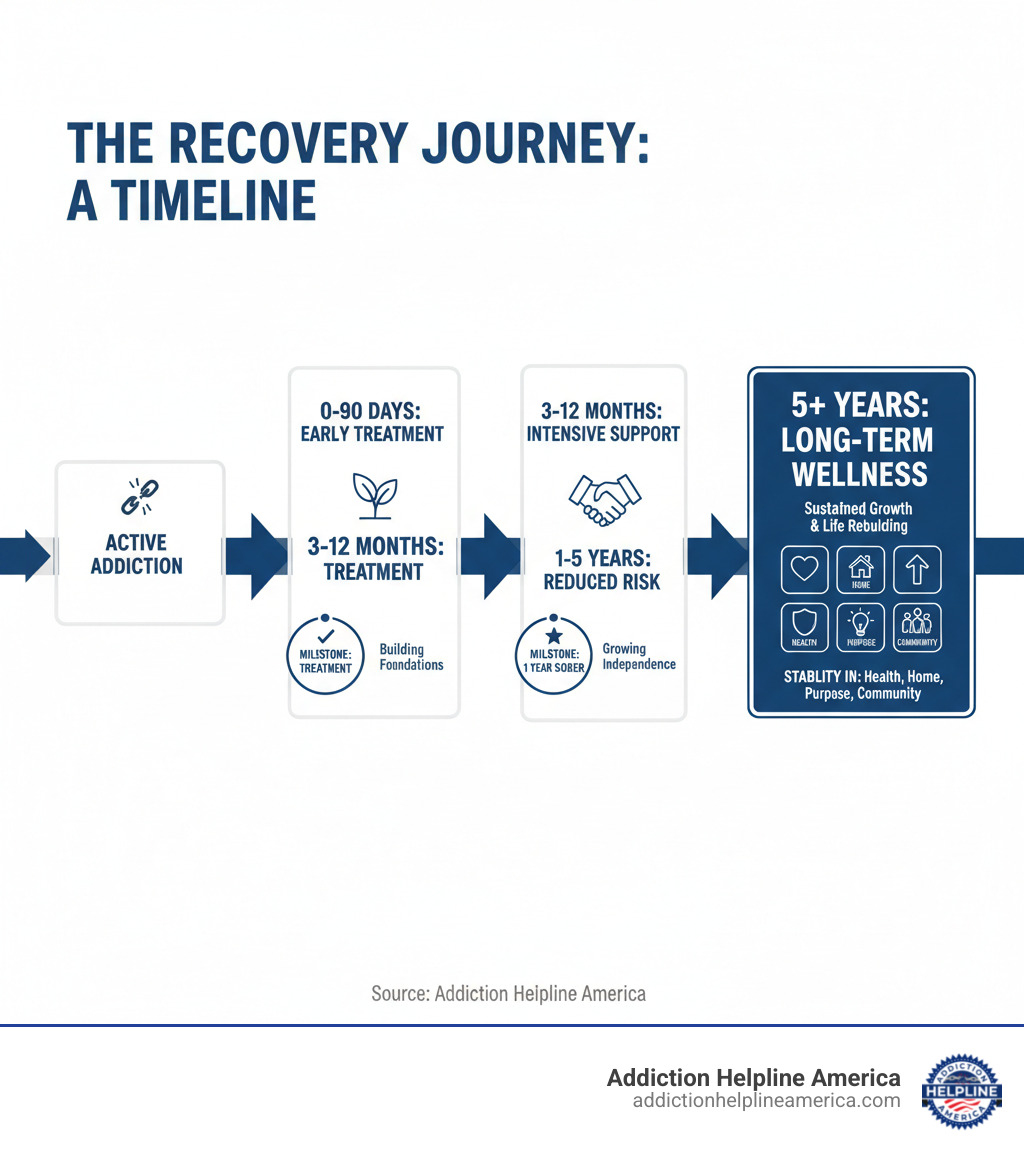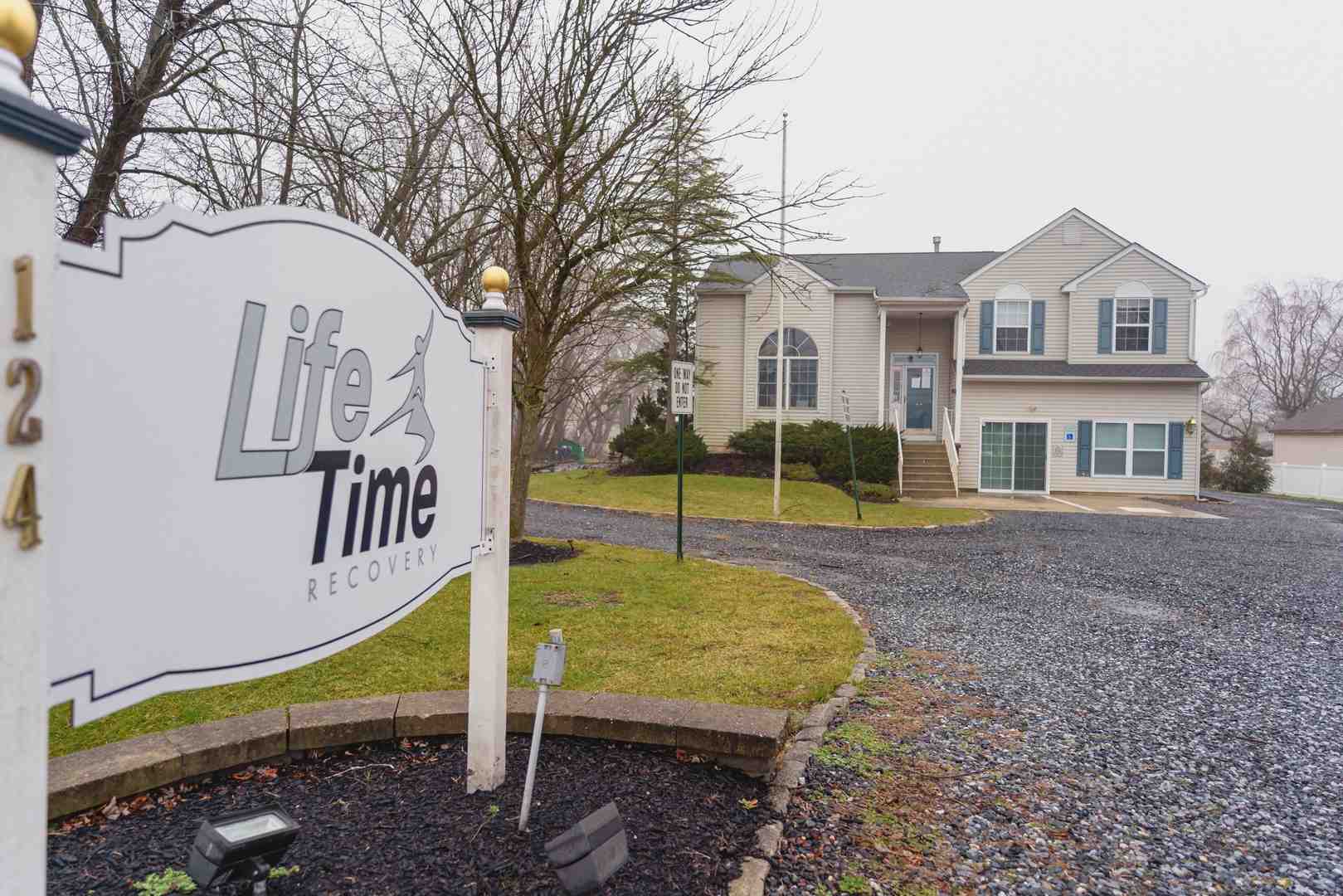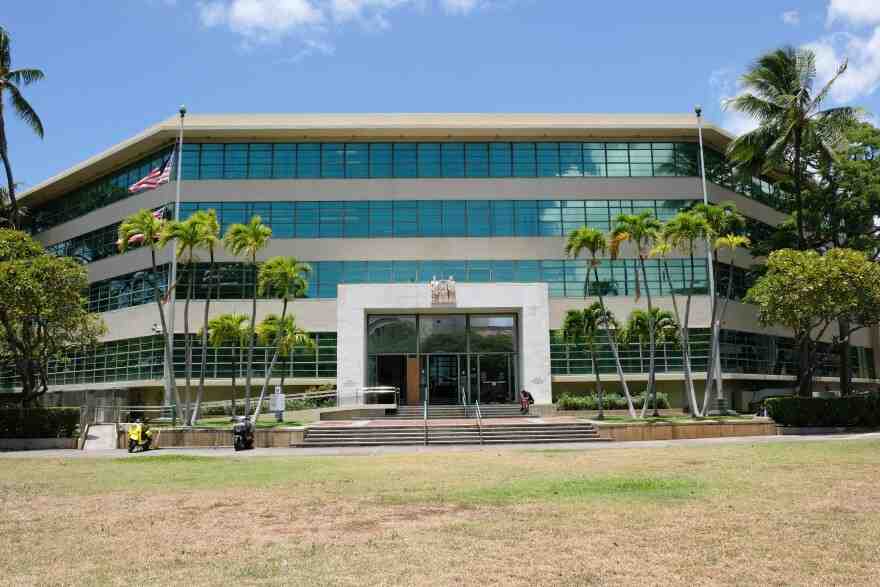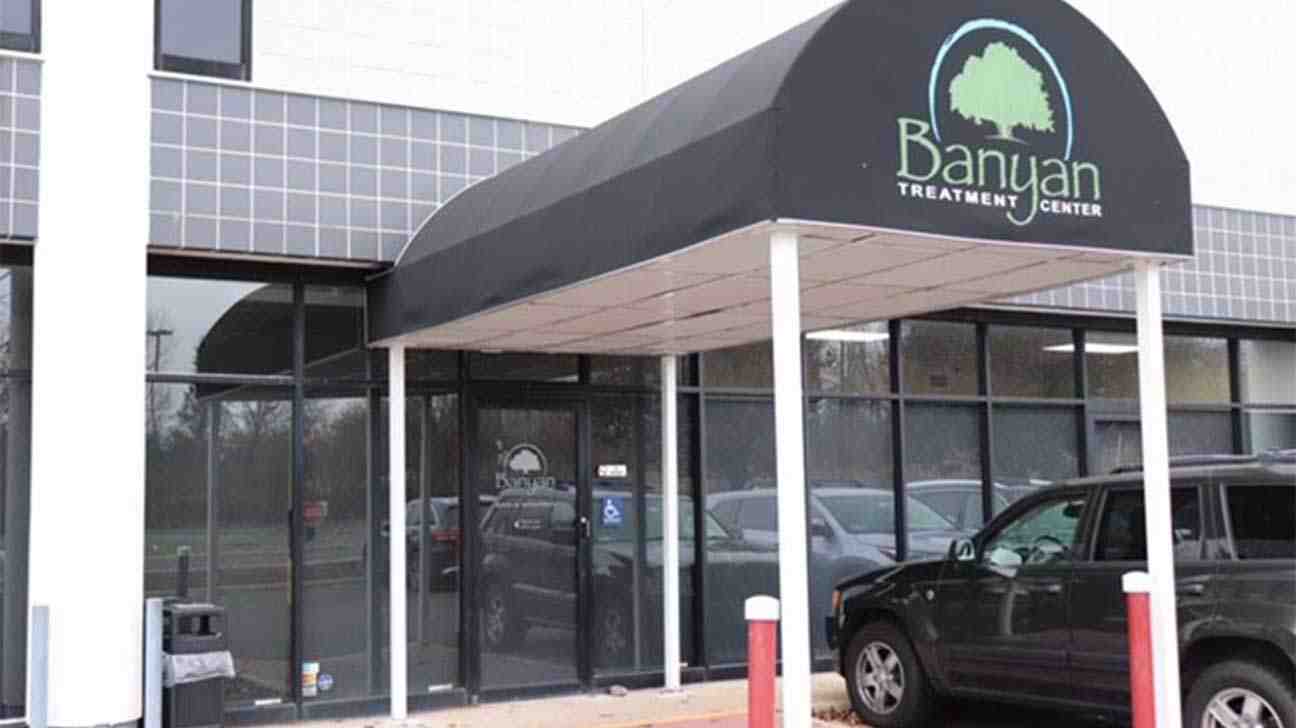
Understanding the Path to Lasting Sobriety
Long term recovery is a process of sustained change where individuals improve their health and wellness, live self-directed lives, and work toward their full potential. It’s not just about stopping substance use, but rebuilding your life around four key pillars:
- Health: Making healthy choices for your mind and body.
- Home: Maintaining a stable and safe living environment.
- Purpose: Engaging in meaningful daily activities like work or education.
- Community: Building supportive relationships and social networks.
While early recovery focuses on initial stability (the first year), long term recovery typically refers to five years or more of sustained sobriety and positive life changes.
“I was strung out with nowhere to go. I overdosed nine times in five days. In detox, I heard people say, if you’re serious about changing your life, you need to get professional treatment.” This powerful testimony reflects the desperation millions face and the hope that recovery offers.
The statistics are sobering: of the 39.6 million American adults with a substance use disorder, 94.7% did not seek treatment. Yet, research shows that staying in treatment for at least 90 days significantly improves outcomes. Recovery is possible, with studies showing that individuals in long-term recovery report dramatic improvements in their family life, finances, and community involvement.
This guide will explore the stages of recovery, effective support systems, and treatment options to help you or a loved one steer the path to lasting sobriety.
At Addiction Helpline America, we’ve dedicated ourselves to helping individuals and families steer the complex journey of long term recovery from substance use disorders. Our team of addiction specialists provides 24/7 support, treatment referrals, and connections to resources that empower lasting change.

Quick long term recovery definitions:
Understanding Long-Term Recovery: More Than Just Abstinence

Long term recovery is about more than just not using drugs or alcohol; it’s about rebuilding your entire life. The Substance Abuse and Mental Health Services Administration (SAMHSA) defines recovery as “a process of change through which individuals improve their health and wellness, live a self-directed life, and strive to reach their full potential.” You can read more about SAMHSA’s Working Definition of Recovery on their site.
This voluntarily maintained lifestyle means building a life where sobriety becomes second nature. It touches four main areas:
- Sobriety: The foundation of consistently abstaining from non-prescribed drugs and alcohol.
- Personal Health: Caring for your body and mind through healthy habits and managing any co-occurring mental health conditions.
- Purpose: Finding meaning through a job, school, volunteering, or hobbies.
- Community: Surrounding yourself with supportive family, friends, and peers who understand your journey.
The Goals and Benefits of a Life in Recovery
The benefits of long term recovery are real, measurable changes. A landmark survey by Faces and Voices of Recovery found that life consistently improves as recovery progresses.
- Improved Health: Mental and physical health improve dramatically. People learn healthier ways to handle stress, and untreated mental health issues decrease significantly.
- Healed Relationships: Recovery provides the chance to rebuild trust with family and friends. Participation in family activities increases by 50%.
- Financial Stability: Individuals regain control of their finances. Paying bills on time and paying back debt doubles.
- Personal Growth: People return to school, start new careers, and volunteer. Community volunteering nearly triples.
- Fewer Negative Consequences: Involvement with the criminal justice system and emergency room visits decrease about tenfold.
As recovery progresses, you get your life back—a normal, fulfilling life that isn’t dominated by addiction. The investment you make in getting help pays dividends for years to come.
The Journey Through Recovery: Stages and Milestones
Recovery is a gradual journey, not an overnight event. It unfolds in stages, with your needs evolving over time. Understanding this progression helps you prepare for the road ahead, seeing long term recovery as an ongoing process of growth.
Here’s how early recovery compares to long term recovery:
| Feature | Early Recovery (Approx. 0-1 Year) | Long Term Recovery (Approx. 5+ Years) |
|---|---|---|
| Primary Focus | Achieving initial abstinence, managing withdrawal, building coping skills, intense treatment engagement. | Sustaining abstinence, personal growth, integrating recovery into identity, contributing to community, addressing underlying issues. |
| Key Challenges | Intense cravings, acute withdrawal symptoms, high relapse risk (40-60%), navigating triggers, establishing routines, early emotional instability. | Complacency, life transitions, identity integration, social pressures, Post-Acute Withdrawal Syndrome (PAWS) symptoms. |
| Support Needs | Intensive professional treatment (detox, residential/outpatient rehab), frequent support group attendance, strong peer support, family therapy. | Maintenance-oriented support, deeper personal growth, less frequent but consistent professional check-ins, mentorship roles, community service. |
| Goals | Stabilize, learn basic coping, develop initial support network, prevent immediate relapse. | Thrive, achieve full potential, build fulfilling life, contribute to society, maintain holistic wellness. |
From Early Abstinence to Sustained Wellness
Most people move through recognizable stages on their path to long term recovery.
Treatment Initiation is the first courageous step of asking for help. It often begins with medically supervised detoxification to manage withdrawal symptoms safely and prepare for the work ahead.
Early Recovery (the first year) is an intense period focused on staying sober. Relapse risk is highest here, with studies showing 40-60% of people relapse, which is why staying in treatment for at least 90 days is critical for better outcomes. This stage is about learning to live without substances and building a new foundation.
Middle Recovery (one to five years) is about building a new life. With sobriety more stable, you can address underlying issues like trauma or mental health conditions. This is a time for repairing relationships, returning to work or school, and finding your identity outside of addiction.
Late Recovery (five years and beyond) is where long term recovery flourishes. Relapse risk drops significantly after five years of continuous sobriety. Recovery becomes an integrated part of who you are, and many find fulfillment in giving back by mentoring others. You’ve built the skills and support to handle life’s challenges without returning to substance use.
Building a Foundation for Successful Long-Term Recovery

Successful long term recovery requires a proactive approach. It means taking personal responsibility and actively building “recovery capital”—the internal and external resources that support your sobriety. The good news is you don’t have to do it alone.
The Power of Support Systems and Peer Groups
No one achieves long term recovery in isolation. A strong support system is essential. This includes:
- Family and Friends: They can be your first line of defense, offering love and accountability as you repair relationships.
- 12-Step Programs: Groups like Alcoholics Anonymous (AA) and Narcotics Anonymous (NA) provide a structured path and a community that understands. A sponsor can offer invaluable guidance.
- Alternative Groups: Programs like SMART Recovery and Refuge Recovery offer different, science-based or mindfulness-based approaches.
- Sober Social Networks: Building new, healthy friendships centered on activities other than substance use is crucial for making sobriety feel natural.
For more on this topic, read about the Importance of Support Systems.
The Role of Continued Therapy in Long-Term Recovery
While initial treatment gets you started, ongoing therapy helps anchor long term recovery. It provides a space to address the root causes of addiction, such as trauma or co-occurring mental health conditions. Different types of therapy offer unique benefits:
- Individual Counseling: A safe, confidential space to develop personalized coping mechanisms.
- Group Therapy: A source of community and shared experience, reducing feelings of isolation.
- Family Therapy: Helps repair relationships and ensures your home environment is supportive.
Evidence-based therapies like Cognitive Behavioral Therapy (CBT) and Dialectical Behavior Therapy (DBT) equip you with practical tools to manage triggers, regulate emotions, and build resilience. This ongoing support is backed by extensive scientific research on recovery pathways.
Essential Lifestyle Changes for Sustained Sobriety

Daily lifestyle choices are the bedrock of long term recovery. These habits create a life so fulfilling that substances lose their appeal.
- Nutrition and Hydration: A balanced diet can improve mood, boost energy, and reduce cravings.
- Regular Exercise: A powerful tool for reducing stress, improving sleep, and providing a natural mood boost.
- Sleep Hygiene: Consistent, quality sleep is essential for mental and physical healing.
- Stress Management: Techniques like meditation, mindfulness, and yoga are critical for managing one of the biggest relapse triggers. Learn more about Emotional Breakdown Treatment.
- Hobbies and Interests: Filling your time with joyful and meaningful activities helps combat boredom and builds a sense of purpose.
Navigating the Path: Treatment Options and Common Challenges

Addiction is a chronic disease that requires ongoing management. Building a strong treatment foundation is essential for achieving long term recovery.
Formal Treatment Programs for Long-Term Recovery
The length and type of treatment you choose can make a significant difference. While short programs can help, longer care often yields the best results. A full continuum of care includes:
- Residential Treatment: Live-in programs lasting 3 to 12 months or more. Staying in treatment for at least 90 days is proven to improve outcomes. We can help you find Comprehensive Rehab Programs that fit your needs.
- Sober Living Homes: Structured, substance-free environments that bridge the gap between residential treatment and independent living.
- Intensive Outpatient Programs (IOPs): Offer robust clinical support several times a week while you live at home or in sober living.
- Aftercare Programs: Ongoing support through therapy, support groups, and alumni programs to maintain your recovery momentum.
Longer-term rehab may be right for you if you have a long history of substance use, have experienced chronic relapse, or have co-occurring mental health issues. For initial stabilization, we can connect you with Detox Places nationwide.
Overcoming Problems and Preventing Relapse
Even in long term recovery, challenges can arise. Be prepared for issues like complacency, Post-Acute Withdrawal Syndrome (PAWS), life stressors, and boredom. If a relapse occurs, remember it is not a failure. It is a sign that your recovery plan needs adjustment. Use it as an opportunity to learn, reach out for support immediately, and get back on track.
Paying for Long-Term Care
Cost should not be a barrier to getting help. There are many ways to make long term recovery accessible:
- Insurance Coverage: The Affordable Care Act (ACA) requires most plans to cover substance use disorder treatment. We can help you verify your insurance coverage and understand your benefits, such as Ambetter Insurance Coverage for Drug and Alcohol Rehab.
- Other Options: If you don’t have insurance, you can explore private pay, state-funded programs, financing plans, grants, and VA benefits for veterans.
Navigating these options can be complex. At Addiction Helpline America, we provide free, confidential guidance to help you find a program that fits your needs and budget.
Frequently Asked Questions about Long-Term Recovery
It’s natural to have questions about a journey as significant as long term recovery. Here are clear, concise answers to some common inquiries.
How long does it take to achieve long-term recovery?
Recovery is a lifelong process of growth, not a destination with a finish line. While long term recovery is often defined as five or more years of sustained sobriety, the focus should be on progress, not perfection. Key milestones like one and five years of sobriety mark significant progress, but the commitment to self-care is ongoing. Every day in recovery is a victory.
Can I achieve recovery without a 12-step program?
Yes, absolutely. While 12-step programs like AA and NA are effective for millions, they are not the only path. Recovery is personal, and many people find success through other routes, including:
- Alternative Support Groups: SMART Recovery, Refuge Recovery, and others offer different frameworks.
- Therapy and Counseling: Ongoing individual, group, or family therapy can provide the necessary tools and support.
- Holistic Approaches: Many build a strong recovery through fitness, meditation, and other healthy lifestyle choices.
The most important thing is to find what works for you. We can help you explore options for various Addiction Types.
What if I relapse after years of sobriety?
A relapse is not a failure; it is a sign that your recovery plan needs adjustment. It’s a common part of managing a chronic disease.
- Reach out for help immediately. Contact your sponsor, therapist, or a helpline.
- Be honest and analyze what happened. Identify the triggers and what was missing from your support plan.
- Get back on track quickly. Re-engage with your support system, attend meetings, or return to therapy.
A relapse does not erase your progress. With renewed commitment, long term recovery is still completely achievable.
Conclusion

Long term recovery is a holistic journey that transforms every aspect of your life. It’s about building a life of health, purpose, and connection that is so fulfilling, substances lose their appeal. The path involves moving through stages of healing, building strong support systems, and adopting healthy lifestyle habits.
Challenges like complacency and life stressors are real, but they are manageable with the right tools and support. The benefits are extraordinary: healed relationships, financial stability, and a renewed sense of purpose. Research and the stories of millions show that life genuinely keeps getting better as recovery progresses.
Here’s the truth that matters most: millions of people across America are living full, joyful, meaningful lives in long term recovery right now. If they can do it, so can you. Recovery is possible, and it is waiting for you.
At Addiction Helpline America, we’ve dedicated ourselves to being your partner in this journey. We understand that taking the first step can feel overwhelming. That’s why we’re here 24/7, offering free and confidential support. Our team of compassionate addiction specialists knows the treatment landscape inside and out, and we’ll help you find the right program from our vast network of providers across all 50 states and the District of Columbia.
Whether you’re just beginning to consider recovery, supporting a loved one, or looking to strengthen your sobriety, we’re here to provide personalized guidance that meets you exactly where you are.
You don’t have to figure this out alone. Reach out today, and let us help you find a treatment program that supports your long-term recovery goals. Your new life is waiting.
Our helpline is 100%
free & confidential
If you or someone you care about is struggling with drug or alcohol addiction, we can help you explore your recovery options. Don’t face this challenge alone—seek support from us.
Programs
Resources
Will my insurance
cover addiction
treatment?
We're ready to help
Find the best
drug or alcohol treatment
center
Are you or a loved one struggling with addiction? Call today to speak to a treatment expert.












